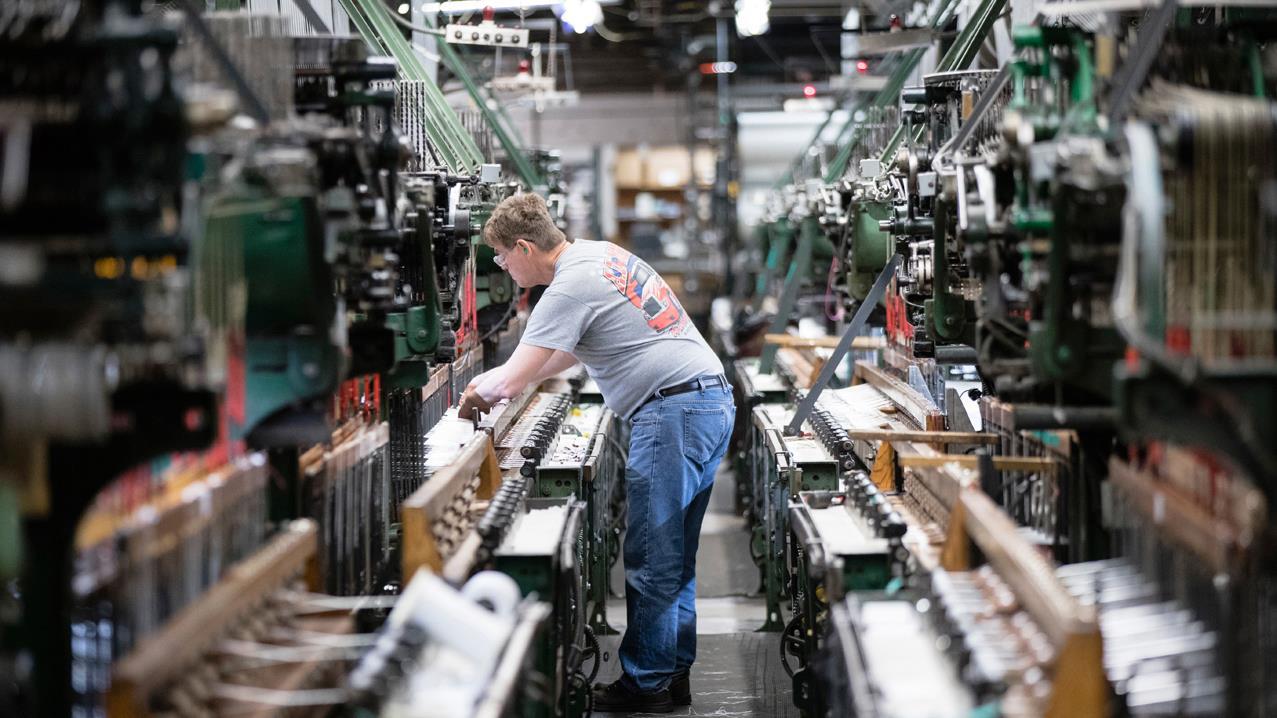America's 'good' jobs going to these workers
While the economy is strengthening and employment opportunities are expanding in the wake of the financial crisis, the outlook for some workers is stronger than others, a new report shows.
According to a study by researchers from Georgetown University, the number of “good” jobs available to prospective workers with different skillsets has changed dramatically since the late 1900s.
“Since the 1980s, good jobs in industrial America have been under attack by four interrelated economic trends: globalization, automation, upskilling and the shift in good jobs away from manufacturing toward skilled-services industries such as information technology and healthcare,” researchers wrote.
While workers with a high school diploma or less held one-third of all “good jobs” – defined as those that pay at least $35,000 for those ages 25 to 44 or $45,000 for ages 45 to 64 – in 1991 that number declined to just 20 percent as of 2016, or 13 million. These jobs include positions in the construction, manufacturing, retail and food services sectors, as well as truck drivers, carpenters and drillers.
The researchers suggested that based on how “disruptive” the economic restructuring has been, it is notable that workers still have this many opportunities – though the openings are largely available to men only.
Part of the decline in opportunity can be explained by the fact that an increasing number of young workers left this pathway to pursue further education or certifications.
Meanwhile, economically sound middle-skill job opportunities rose 3.5 percent between 1991 and 2016, currently comprising 24 percent of all “good” jobs. Middle-skill workers are defined as those who have less than a bachelor’s degree, but more than a high school diploma, such as certifications, associate’s degrees and licenses. Firefighters, electricians and mechanics would all fall into this category.
As of 2016 there were 15.7 million good jobs open to individuals with these qualifications.
For workers on this pathway, researchers noted those with associate’s degrees have the highest number of possibilities, as openings jumped 83 percent in the 15 years leading up to 2016.
Those with the most opportunity, however, are workers with a bachelor’s degree. Jobs that require a bachelor’s degree, including doctors, accountants, lawyers and engineers, account for more than half of all good job openings, jumping more than 18 percent between 1991 and 2016.
Job openings in the U.S. reached 7.1 million in August, the Bureau of Labor Statistics reported this month, while the hires reached 5.8 million.
